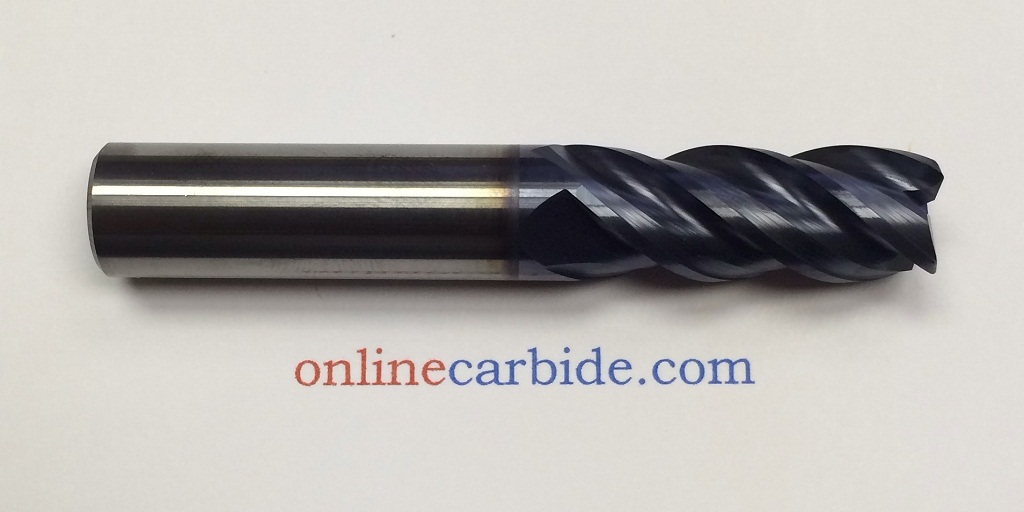There are many out there who wonder if TiAlN coated end mills really offer any advantage in terms of the overall cost. When you have a decently sized operation, every dollar spent on tools and machines counts.
If you are keeping up with prices, you will notice that, for example, an uncoated 1” end mill is about $100 today, while a TiAlN coated end mill might make the price jump to $120. This noticeable increase in price does not seem to justify the promised 5%-10% speed increase and 20% longer tool life many suppliers promise, right?
However, you’ll be hard-pressed to find any modern shop using uncoated tools today. Have they gone mad? Are they really getting their money’s worth?
Let’s put things in perspective first.
These general percentages they claim have to be calculated in terms of material removal rates and time in cut. If your new tool allows you to attack your pieces faster, increase your feed rates, and give you more cut time, then you’re getting a lot more in terms of performance than just life span and revolutions per second. This is especially true when machining difficult materials, such as stainless steel where a TiAlN coated end mill can give you any number between 100% and 200% more tool life when compared to uncoated counterparts, making them totally worth it.
Many would insist that solid carbide tools are hard enough for any job. So, according to them, the coating is a superfluous shine they put on tools to make you pay more for them. Some of this confusion comes from users who might not understand the theory behind the coating.
The violet-bronze titanium aluminum nitride coating not only allows you to increase your cutting speeds: it actually requires it. When used at regular speeds, the tool does not actually offer any noticeable advantage that justifies the price. In fact, you can even wear the tool out if not used properly.
TiAlN coated end mills have an activation temperature (at around 800°C) where a protective aluminum oxide layer forms around the tool, making it almost impervious to wear. So, you need to attack your materials more aggressively to give your tool the chance to warm up. The protective layer also reflects the heat back into the chip, allowing for longer cut times even when dry cutting. This knowledge alone can help you increase tool service life up to ten times when compared to uncoated end mills. So, remember “No guts, no blue chips!”
One other advantage of TiAlN coated end mills is that they resist the formation of BUEs or build-up edges. Regular uncoated tools experience gradual buildup caused by material sticking to the cutting edges. This also causes some coating layers to peel off over time. The oxidized layer that forms around TiAlN coated tools reduces friction and enhances chip evacuation, protecting the cutting edges from BUE.
However, TiAlN end mill coatings might not be the best option for machining aluminum. In fact, when used at high temperatures, titanium aluminum nitride tools tend to bond with the work material, causing chip welding and other problems. For aluminum, you are certainly better off with zirconium nitride-coated end mills.
So, yes. TiAlN coated end mills offer incredible advantages when compared to uncoated options, especially for machining operations that require high-performance tools. If you have any questions about the best tools for your workshop, visit Online Carbide. They offer incredibly affordable prices, especially on their TiAlN coated end mills, and will help you understand how carbide and coated tools can help take your workshop to the next level.



